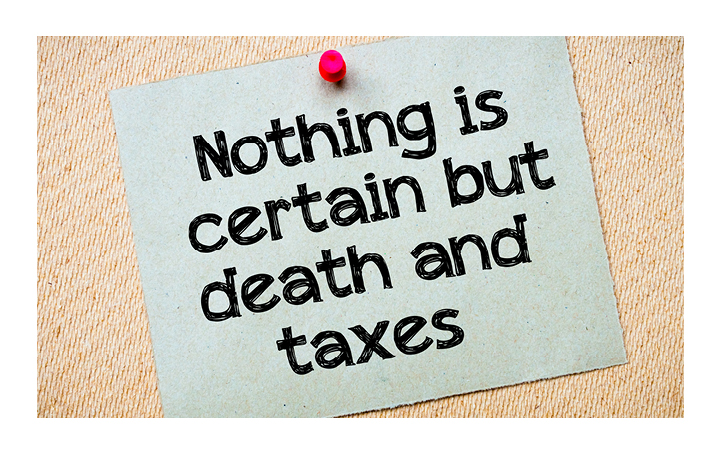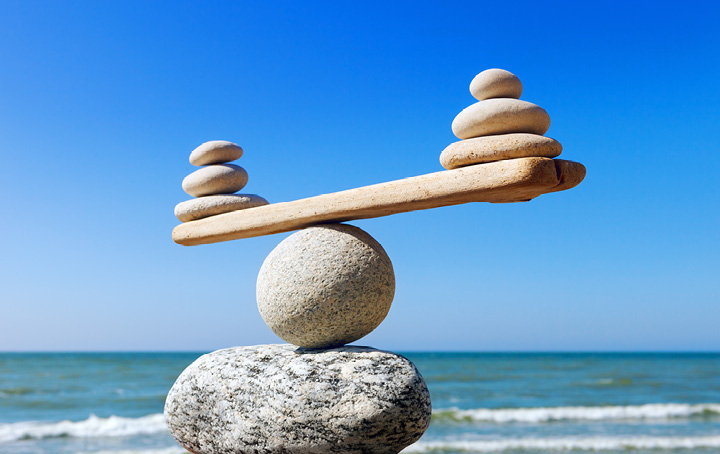

[column width=”1/1″ last=”true” title=”” title_type=”single” animation=”none” implicit=”true”]
Superannuation is an effective investment structure for asset protection, but a questionable contribution could put some of your benefits at risk in the event of bankruptcy. Know the basic bankruptcy rules in advance to help you plan for long-term asset protection.
The general rule is that your superannuation balance is protected in the event of bankruptcy – unlike most assets you own personally. This means your bankruptcy trustee (the person appointed to administer your bankrupt estate) can’t access your super for distribution among your creditors.
However, there is a caveat on this valuable protection. Contributions you’ve intentionally made to super in order to defeat, hinder or delay your creditors, can be taken back by your bankruptcy trustee and used to pay your debts. It pays to be aware of how this “claw-back” applies.
– By law, you’re deemed to have had the intention of defeating creditors if it can be shown that at the time of making the contribution you were, or were about to become, insolvent.
– If you didn’t keep proper records of your financial position, it’s assumed you were, or were about to become, insolvent – unless you can prove otherwise.
This could be a big problem for someone who later becomes bankrupt but has inadequate financial records from the time of their superannuation contribution! It therefore helps to consistently have good records in place as proof.
Even if you have good records and were clearly solvent at the relevant time, another factor that will be considered is whether the contribution was “out of character” for you. An unusual contribution may raise suspicions. Therefore, having some evidence showing why you made that contribution may help to refute any suggestion you were trying to defeat creditors.
The general rule that your superannuation is protected extends to both accumulation accounts and any pension accounts inside your fund. But what happens if you withdraw your benefits? The answer depends on what form the withdrawals take.
Lump sum withdrawals you make after you become bankrupt are protected and cannot be distributed to your creditors. However, pension (income stream) payments are only partly protected. Your pension payments are included in your “income” for bankruptcy law purposes, and your total income is only protected up to a certain indexed threshold, above which 50% of your income can be accessed by your bankruptcy trustee.
Talk to us today to begin reviewing asset protection measures for your investment structures.
[/column]